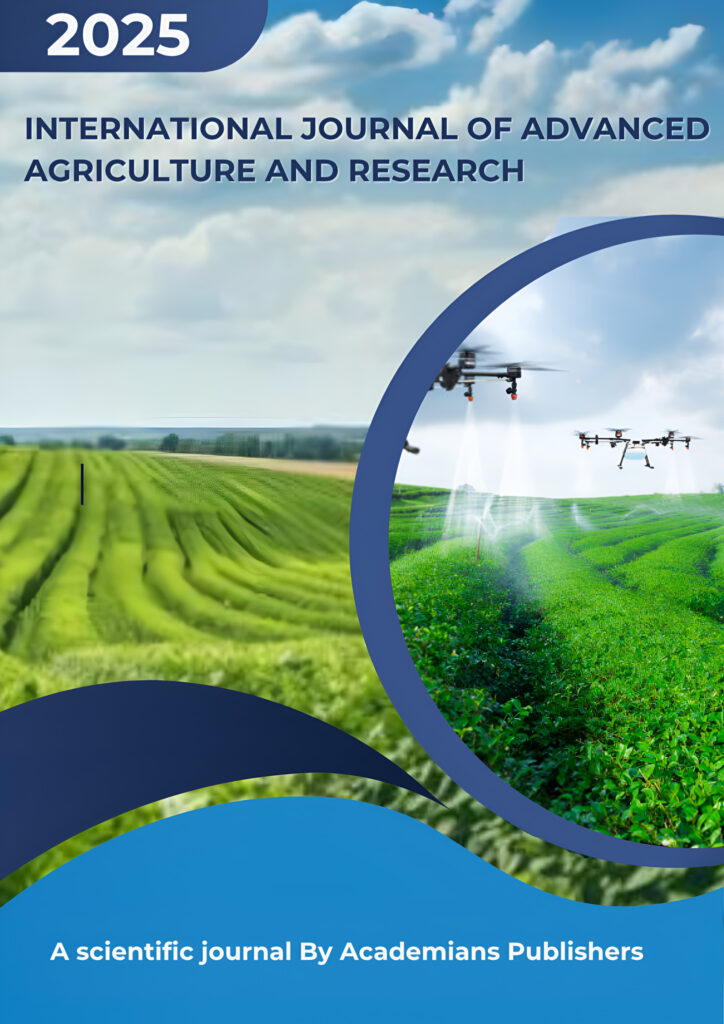
International Journal of Advanced Agriculture and Research
An Open Access Peer Reviewed International Journal.
Publication Frequency: Bimonthly
ISSN Online: XXXX-XXXX
Country of Origin: Nigeria
Language: English
Publisher Name: Academians Publishers
A Hierarchical Route Reconstruction Algorithm for Multi-Objective Task Allocation in Electric Agricultural Multi-Robot Systems
- Deepjoy Borrai*1
Keywords:
agricultural robotics,evolutionary algorithm, electric vehicles, multi-objective optimization, multi-robot task allocation (MRTA), hierarchical optimization, orchard harvesting
Abstract
Coordinating multi-robot systems (MRS) in agriculture is essential for tackling increasing labor costs and enhancing harvesting efficiency. Nonetheless, optimizing task allocation for electric harvesting robots involves managing a complex trade-off between minimizing the makespan and total energy consumption. This challenge is compounded by real-world factors such as velocity changes with load, battery limitations, and the need for frequent depot returns. The study introduces the Agricultural Multi-Electrical-Robot Task Allocation (AMERTA) problem, a new framework incorporating these frequently overlooked practical constraints. To address this NP-hard issue, we present a Hybrid Hierarchical Route Reconstruction Algorithm (HRRA). The HRRA framework features several innovative mechanisms: a hierarchical encoding structure that separates route construction from robot assignment, a dual-phase initialization method with variable load limits, specific optimizers for task sequences within and between routes, and two unique reconstruction operators—Charging-based Route Reconstruction (CRRM) and Split-based Route Reconstruction (SRRM)—to proactively manage battery and load constraints. Comprehensive experiments conducted on 45 benchmark instances of different scales reveal HRRA’s improved performance compared to seven leading algorithms, including MODABC, CDABC, AMOEA, and NSGA-II. Statistical tests such as the Wilcoxon signed-rank and Friedman tests confirm that HRRA considerably outperforms its rivals, providing better solution convergence and diversity. This research not only offers a solid mathematical model for a crucial issue in agricultural robotics but also delivers an effective algorithmic solution, contributing to more efficient and sustainable automated farming practices.
